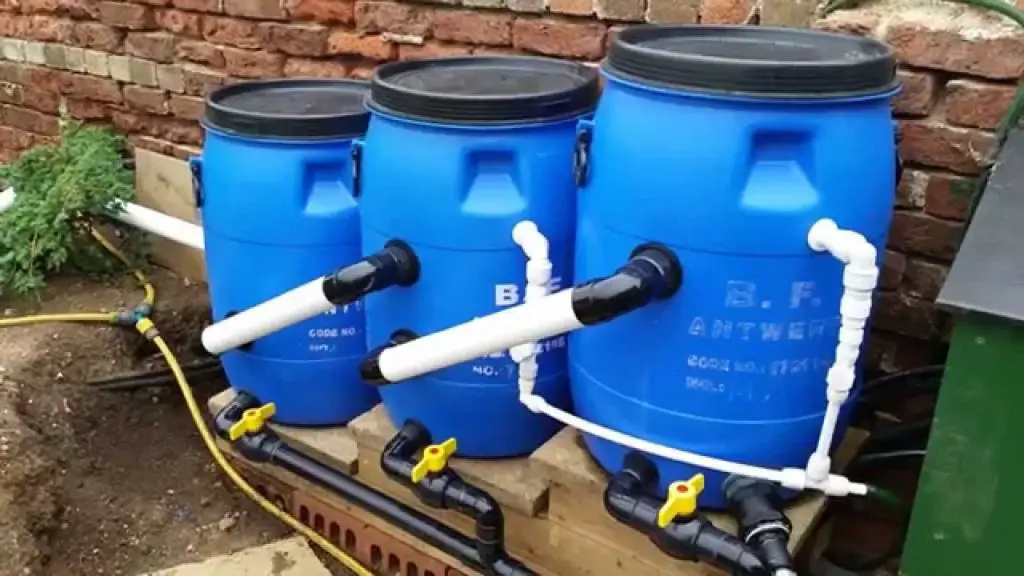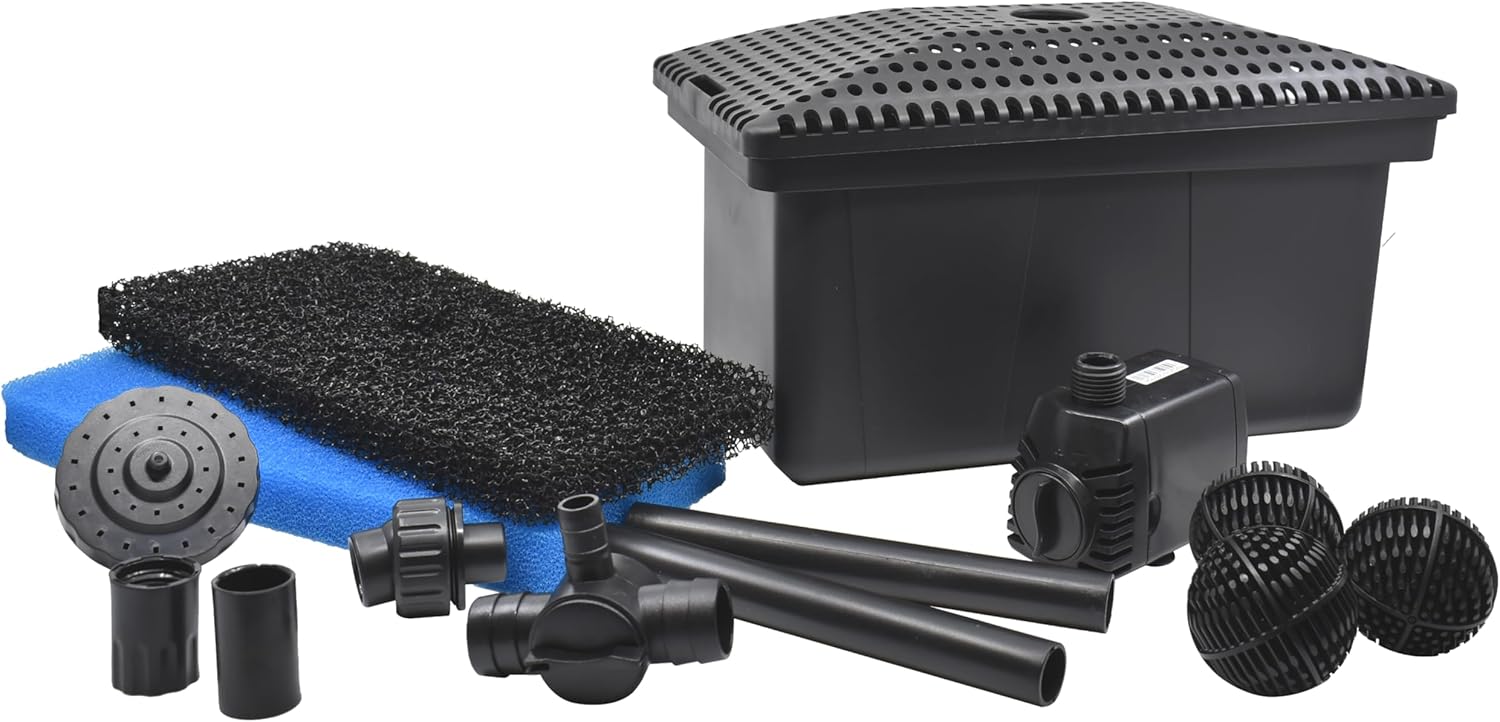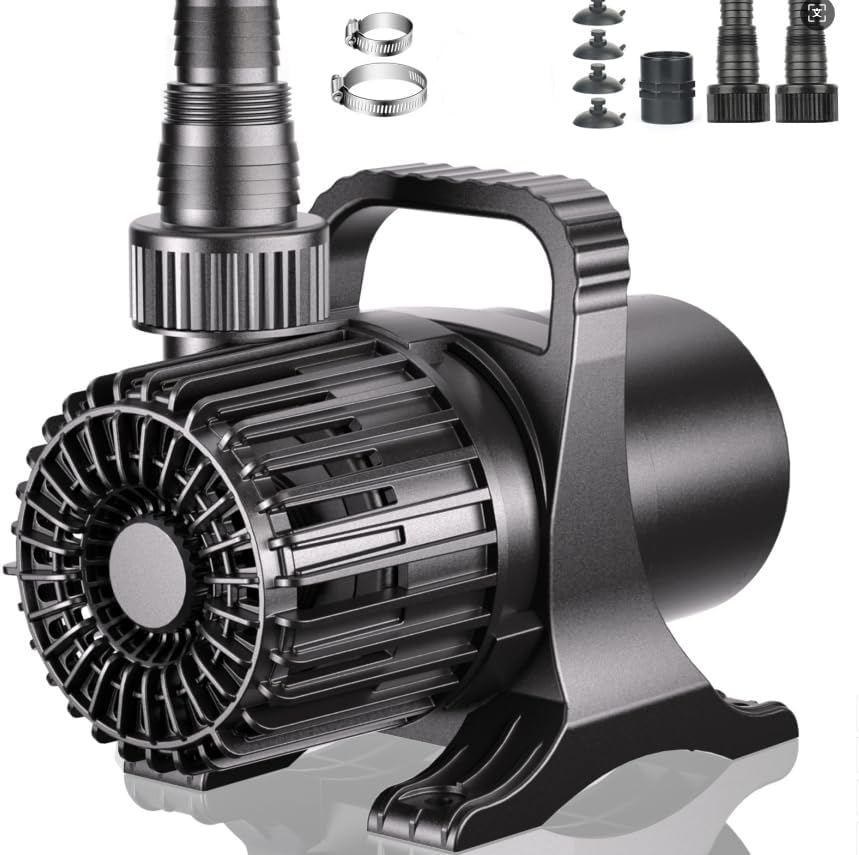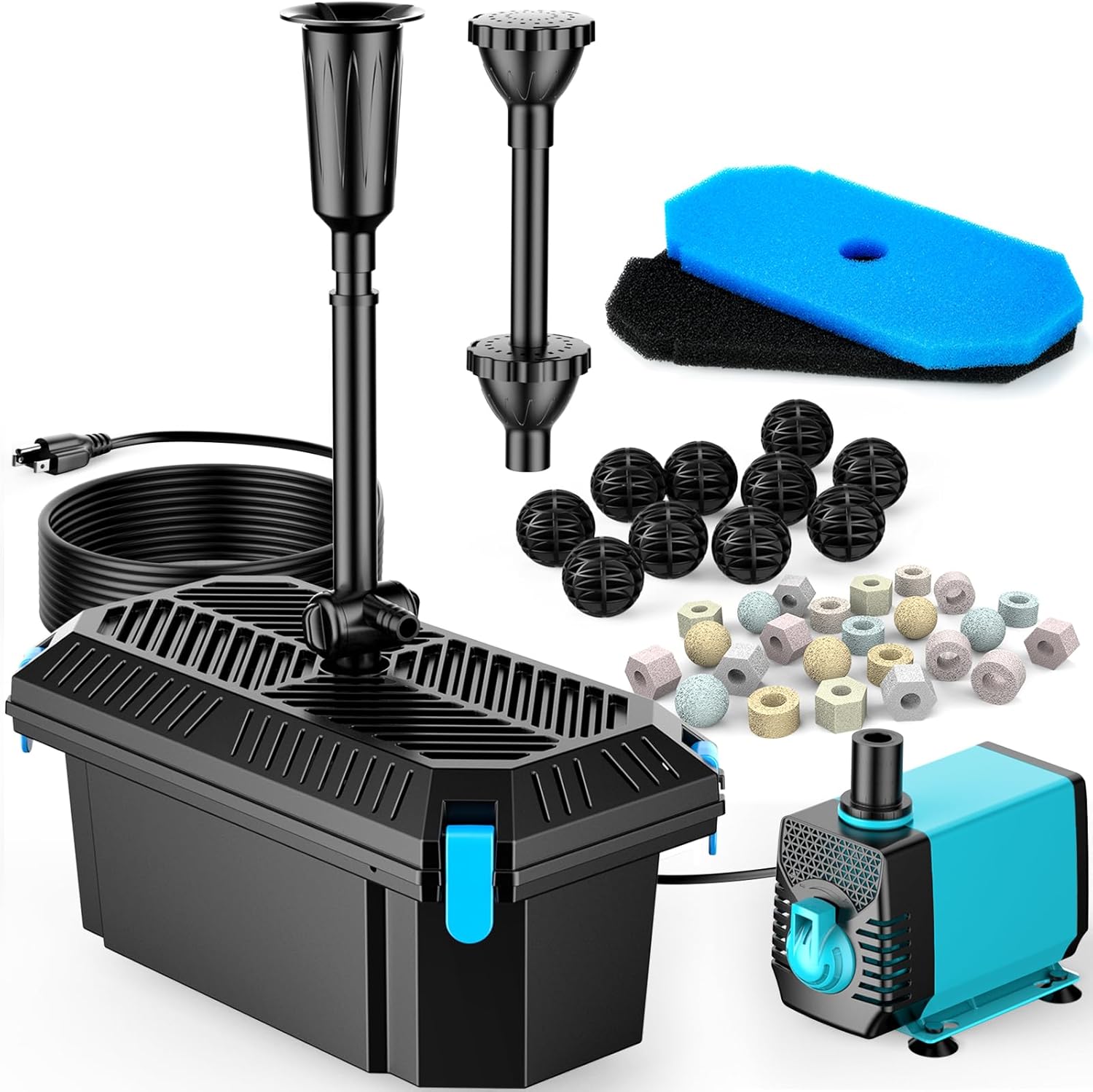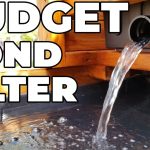Building a pond filter system is a great way to keep your pond clean and healthy for the plants and animals that call it home. A well-designed filter system can help to remove debris, excess nutrients, and harmful substances from the water, creating a balanced and thriving ecosystem. In this guide, we’ll walk you through the steps to build your own pond filter system, providing you with the knowledge and tools to maintain a beautiful and sustainable pond environment.
5 Best Pond Pumps And Filters
Step 1: Assess Your Pond’s Needs
Before you start building your filter system, it’s important to assess the specific needs of your pond. Consider the size of your pond, the types of plants and animals living in it, and the environmental conditions in your area. Understanding these factors will help you determine the appropriate size and type of filter system to build.
Step 2: Choose the Right Filter Media
There are various types of filter media available for pond filter systems, including mechanical, biological, and chemical media. Mechanical media, such as filter pads or sponges, are designed to physically trap debris and particles from the water. Biological media, such as bio-balls or ceramic rings, provide a surface for beneficial bacteria to colonize and break down organic waste. Chemical media, such as activated carbon, can help to remove impurities and toxins from the water.
Depending on your pond’s needs, you may choose to incorporate one or more types of filter media into your system. Research the different options available and select the media that best suits your pond’s requirements.
Step 3: Design the Filter System
Once you’ve chosen the appropriate filter media, it’s time to design your filter system. Consider the available space near your pond and the flow rate of the water to determine the size and configuration of the filter. You’ll need to plan for an inlet to allow water into the filter, as well as an outlet to return the filtered water to the pond. Additionally, consider incorporating a pump to ensure proper circulation through the filter system.
Step 4: Gather Materials and Tools
Building a pond filter system requires a variety of materials and tools, including PVC piping, connectors, filter media, a pump, and a suitable container to house the filter. Additionally, you’ll need basic tools such as a saw, drill, and measuring tape to construct the filter system. Gather all the necessary materials and tools before you begin the construction process.
Step 5: Construct the Filter System
Begin by assembling the container that will house the filter media. This can be a large plastic tub, a wooden box, or any other suitable container that can hold the filter media and withstand the water flow. Drill holes in the container to accommodate the inlet and outlet pipes, and ensure a secure and watertight connection.
Next, install the pump near the pond to facilitate the flow of water into the filter system. Use PVC piping and connectors to create a pipeline from the pond to the filter, and then back to the pond. Ensure that the piping is securely connected and that there are no leaks in the system.
Once the basic framework of the filter system is in place, add the selected filter media into the container. Layer the media in such a way that water can flow through it, allowing for mechanical filtration, biological colonization, and potential chemical treatment, if applicable. Test the system to ensure that water flows through the filter media effectively, and make any necessary adjustments to optimize the filtration process.
Step 6: Monitor and Maintain the Filter System
After your pond filter system is in place, it’s essential to monitor its performance and conduct regular maintenance to keep it functioning optimally. Check the filter media periodically and clean or replace it as needed to prevent clogging and maintain efficient filtration. Additionally, inspect the pump and piping to ensure proper functionality and address any issues promptly.
Monitor the water quality of your pond, including parameters such as clarity, pH, and nutrient levels, to gauge the effectiveness of the filter system. Adjust the system as necessary to achieve and maintain the desired water quality and clarity in your pond.

Credit: www.wikihow.com

Credit: pondsguide.com
Conclusion
Building a pond filter system is a rewarding and practical endeavor that can greatly benefit the health and beauty of your pond. By assessing your pond’s needs, choosing the right filter media, designing and constructing a suitable filter system, and maintaining it effectively, you can create a thriving aquatic environment for your plants and animals. Follow the steps outlined in this guide to build your own pond filter system and enjoy the benefits of a clean, balanced, and sustainable pond ecosystem.
Remember, a well-maintained pond filter system not only enhances the aesthetic appeal of your pond but also contributes to the overall well-being of its inhabitants. Invest the time and effort into building and maintaining a quality filter system, and you’ll be rewarded with a vibrant and healthy pond for years to come.


